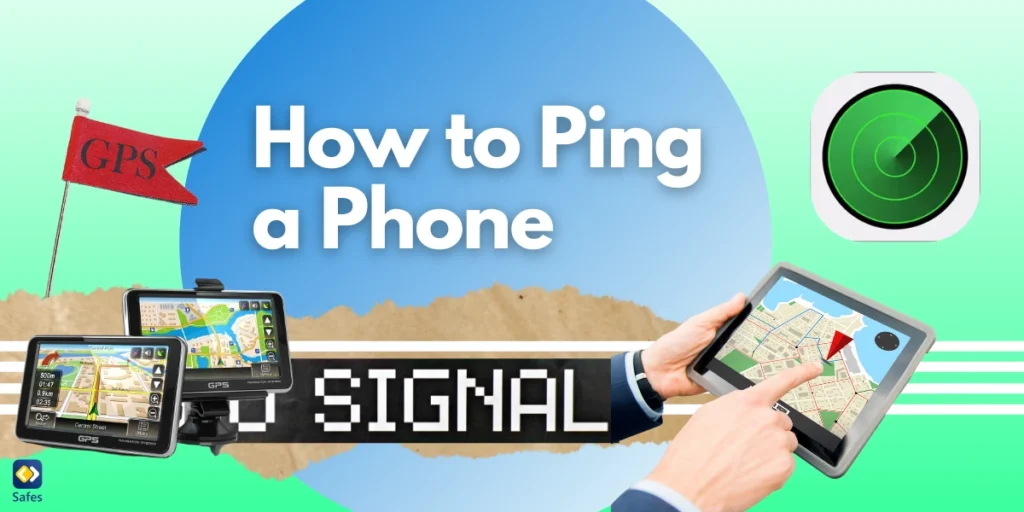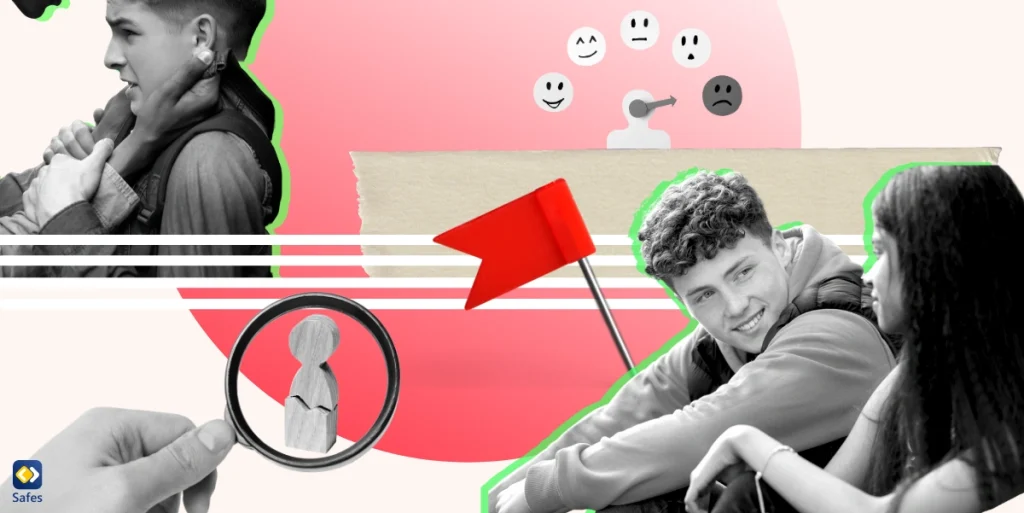The internet and social media have become an inseparable part of the lives of today’s youngsters. These platforms provide unparalleled levels of communication, self-expression, and learning. Yet, the benefits are accompanied by severe dangers and weaknesses. It is our obligation as parents and guardians to recognize and address these concerns in order to keep our teenagers safe on social media.
Download and Start Your Free Trial of the Safes Parental Control App
Adolescents are especially vulnerable to internet risks such as cyberbullying, improper content exposure, identity theft, and privacy breaches. To protect our children, we must be proactive in putting effective procedures in place. In this post, we will look at social media safety for teens that parents may use to protect their teenagers’ safety on social media.
-
Privacy Settings on Major Platforms
Educating kids about privacy settings on major social media apps like Facebook, Instagram, and TikTok is an important component of social media safety. Many teenagers are ignorant of the privacy settings of their social media accounts, leaving them open to unwelcome invasions. Parents should spend time teaching their teenagers how to successfully modify these settings in order to secure their personal information and limit who may access their profiles. Here are some resources to help you set up parental controls on popular social media platforms:
- How to Turn On Facebook Parental Controls
- How to Filter Content on Twitter (X)
- How to Make Instagram Safe for Kids
- Parental Controls on YouTube
Parents should stress the necessity of tailoring privacy settings to their teen’s preferences. Teenagers should also learn how to disable location services on these apps and protect their personal information, such as their phone numbers and addresses. Parents may assist their teenagers in taking an active part in controlling their online presence and protecting their personal information by arming them with this knowledge.

-
Open Communication
It is critical to establish and maintain open channels of communication between parents and teenagers on their internet experiences. Parents should use measures that encourage teenagers to express their social media concerns, questions, and experiences. This open discourse should be nonjudgmental, kind, and centered on understanding social media safety for teens.
It is critical to create a secure area where kids may address their internet activities. Parents may help their teenagers achieve this by actively listening to them, respecting their viewpoints, and providing assistance rather than judgment. This way, if they ever agree to meet an online friend, they’ll keep you informed. Parents may help their teenagers navigate the complexity of social media with confidence and seek help when necessary by developing trust and understanding.
-
Digital Literacy Education
Digital knowledge is essential for staying safe online and having a clear online reputation, which affects teenagers’ future. Parents should actively engage in educating their teenagers about the digital world and equipping them with the critical thinking skills required to distinguish between trustworthy and dangerous internet information. Parents may have access to particular tools and curricula aimed at improving their teen’s digital literacy.
Teaching social media safety tips for teens like how to assess information sources, detect online frauds, and recognize the indications of cyberbullying and online predators is part of digital literacy instruction. When encountering novel content or posting photos, parents should highlight the significance of questioning information, discovering reputable sources, and thinking critically. They should also only accept friend requests from people they know in real life or the adults that you trust. Parents may empower their teenagers to make educated decisions and be safe on social media by developing these skills in them.
-
Age-Appropriate Social Media Platforms
When it comes to the protection of underage kids, not all social networking sites are created equal. Parents may help by selecting age-appropriate platforms that stress user safety and offer a safe atmosphere. To counteract improper behavior, these platforms often include more comprehensive content control methods and reporting systems.
Parents should investigate and understand kid-friendly apps and platforms to ensure they are appropriate for their child’s age and maturity level. Parents should also actively connect with their kids on these sites, monitoring their activity and directing them as needed.

-
Setting Boundaries
Setting explicit limits for your teen’s social media use is critical for their safety and well-being. To assist kids in striking a good balance between their online and offline lives, parents should establish restrictions such as screen time limitations and device-free zones. In the digital era, these limits give structure and discipline.
It is critical for parents to include their teenagers in the process of setting limits. This involves outlining the rules and the repercussions of breaking them. Parents may help their kids understand the need for appropriate social media usage and build self-discipline by partnering and negotiating with them.
-
Parental Control Apps
Parental control applications have developed as effective tools for parents to monitor and regulate their children’s social media activity. These programs have a variety of features meant to keep your child safe online. Here are the primary features: The first one is content filtering, which allows you to restrict access to hazardous information on the web or on social media sites. The second is screen time management, which allows you to monitor how much time you spend online. The third is app blocking, which prevents access to certain programs.
Parents can use the default parental controls on the operating system of their child:
- Windows parental controls allow you to take control of your child’s digital life on Windows devices.
- Parental controls on iPhones and iPads are the same since they both run on iOS. Apple calls its set of parental controls Screen Time, though they do much more than just limit your child’s screen time. MacBook parental controls are a bit different since they work with MacOS.
- Android parental controls usually rely on an app developed by Google called Family Link. Though different companies that use Android on their phones sometimes have specific parental controls.
Third-party parental control apps are always better than default parental controls. Take Safes as an example. Safes allows you access to all the features these default parental controls have and more. Also, you can use Safes across multiple platforms and mobile devices such as iOS and Android. Experience the power of digital parenting with Safes! Sign up for our free trial and unlock advanced parental control features. Safeguard your child’s online world today – start your trial now!
Conclusion
Finally, safeguarding the social media safety of underage kids is a joint responsibility of parents and children. Parents can create a secure online environment for their teens by implementing the six solutions discussed in this article: using parental control apps, educating teens about privacy settings, fostering open communication, providing digital literacy education, recommending age-appropriate platforms, and setting boundaries.
It is critical to remember that the digital world is dynamic, and that constant attention is required. Parents may assist their adolescents through the complexity of social media by being involved, aware, and communicative, instilling acceptable online conduct, and empowering them to make informed decisions.
Your Child’s Online Safety Starts Here
Every parent today needs a solution to manage screen time and keep their child safe online.
Without the right tools, digital risks and excessive screen time can impact children's well-being. Safes helps parents set healthy boundaries, monitor activity, and protect kids from online dangers—all with an easy-to-use app.
Take control of your child’s digital world. Learn more about Safes or download the app to start your free trial today!




